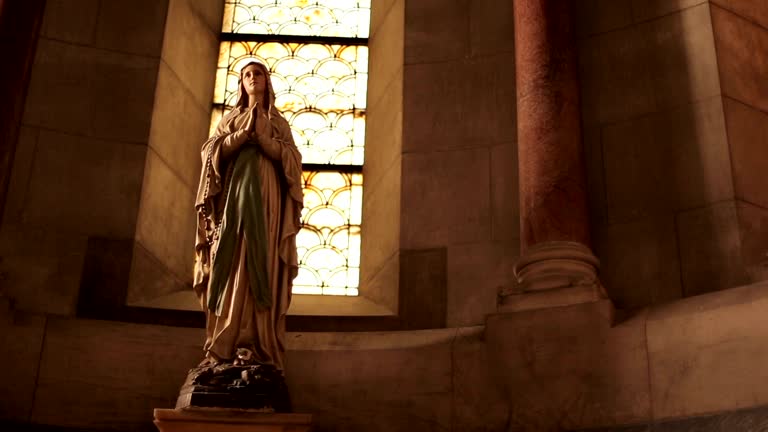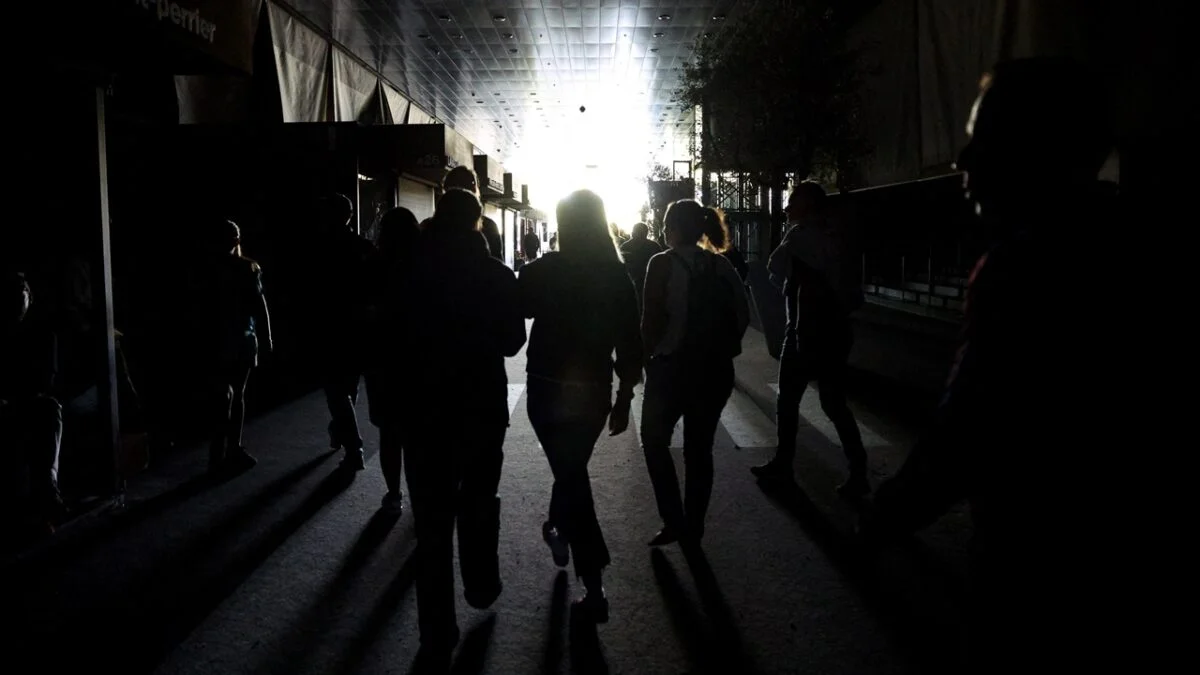From The Blog
Latest News Blog Articles & Tips
-
🙏 A New Chapter Begins: Supporting Pope Leo XIV with Prayer and Hope | W/ Daniel O’Connor
“Give the new pope a break and support him with your prayers.”– Fr. V on X…
-
Possible Candidates for The Next Pope!
Some Candidates for the New Papacy Today we will share with you an article from the…

Large collection of Powerful Prayers and Spiritual Guidance
Love this prayer book. I just found it a bit expensive. Small Coloured pictures throughout. Large collection of powerful prayers and spiritual advice. Will help souls in these troubled times. – An Amazon Reader
Use Your God-Given Talents for Heaven’s Work!

Join Mother & Refuge as a Faithful Volunteer
Has God blessed you with skills in:
🎬 Video editing
🎤 Voiceovers/podcasting
📰 Newsletter creation
📱 Social media management
💻 IT and tech support?
Offer your talents to Our Lady and help spread Heaven’s messages to the world.
Be part of a growing Catholic mission dedicated to the Triumph of the Immaculate Heart of Mary.
💙 Whether you’re a professional or just passionate, your “Yes” can make a real difference.
👉 Join us today as a volunteer and help bring souls to Jesus through Mary.

Support Our Mission
Your donation means a lot to them. Donate what you can.







